Collette Dinnigan rebuilds her NSW South Coast beach house damaged in the 2019 fires
After bushfires razed their beloved beach house on the New South Wales South Coast, Collette Dinnigan and her husband, Bradley Cocks, rebuilt it by marrying fire-resistant materials with soulful interiors.
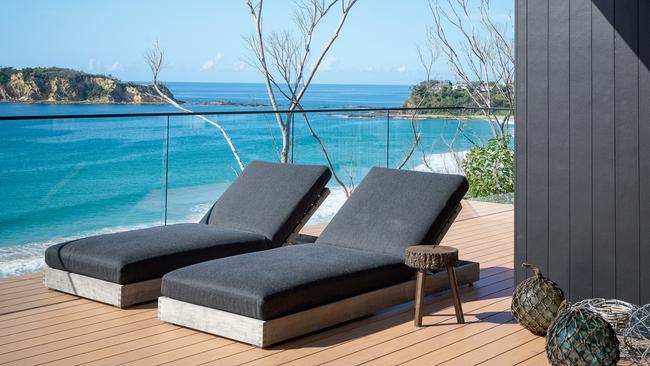
Much is made of the fact intrepid designer, author and interior stylist Collette Dinnigan grew up on a yacht. Her most well-known collections were more esoteric than athletic, yet if you step into any of her houses, you’ll likely find some sort of shell or nautical bibelot. And if you look into her blue eyes there’s a faraway gaze, like a mariner measuring the waves. Among the small coterie of Australian creatives considered style prophets, Dinnigan broke through internationally decades before the sway of social media. Staging her first Paris show in 1995, her vision was always global and now so is her life. Dividing her year between a “tiny but perfect” apartment in Rome, the sprawling Casa Olivetta masseria in Ostuni in Italy’s Puglia region, and her main residence in Bowral, her calendar looks like a constellation of seed pearls hanging in the night sky, then draped across the world. Some of these properties are entirely private and others are shared as luxury lets, but all bear the honed imprint of her eye.
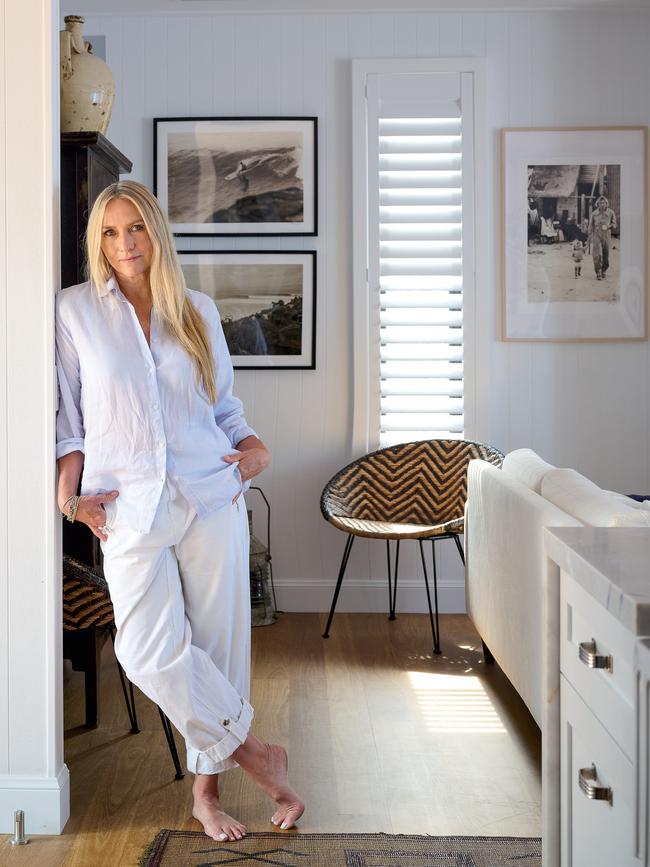
Asked how many homes she has “Dinniganed” in the past two decades, she pauses before answering: “Twelve – maybe fifteen?” The uniting thread might be an abiding passion for white walls, yet her décor rarely resembles the Romanticism of her fashion designs. In place of intricate French lace and watercolour prints is a restraint anchored in how she likes to live and raise her family. Everything has a home, a purpose and a story. In her latest residence, a reborn beach house on the South Coast of New South Wales, the approach is both intimate and pragmatic. The beautiful antique maps that adorn the bedrooms were used by her father to navigate their epic journey from South Africa to New Zealand, the marbles of the bathroom and kitchen are more than 300 years old (garnered from years of Italian quarry foraging) and the hand-painted plates were made to her design in Basilicata, Italy. As luxe beach pads go, this one is more soulful than staged. Nothing is really just an object. The ceramics, as arty as they appear, double down for long lunches and even longer dinners.
Dinnigan and her husband, Bradley Cocks, discovered the tiny beach hamlet of Rosedale nine years ago on a drive from their farm in the increasingly urbane township of Milton. This cluster of beaches and coves is a blink-and-you’ll-miss-it exit south of Batemans Bay. Travelling to a horse show with their son, Hunter, who was just two at the time, the couple’s discovery of Rosedale was the classic “for sale” sign moment. Dinnigan confesses that every house she has bought was an “emotional purchase” and this was no different. A surf-mad husband and a wife with a nostalgia for the rugged coastline of New Zealand found their match in this tiny bush cul-de-sac cushioned inside a pristine if piratic cove skirted by ragged black-quartz coastline. By the time they made the beach house theirs, they were criss-crossing the globe between Australia and their small farm in Italy. The house was a dream for a rainy day until the bushfires. In a remote mountain chalet in northern Italy on New Year’s Eve 2019, Dinnigan watched their beloved beach bach – in New Zealand “bach” refers to a holiday or beach house – burn to the ground live on CNN.
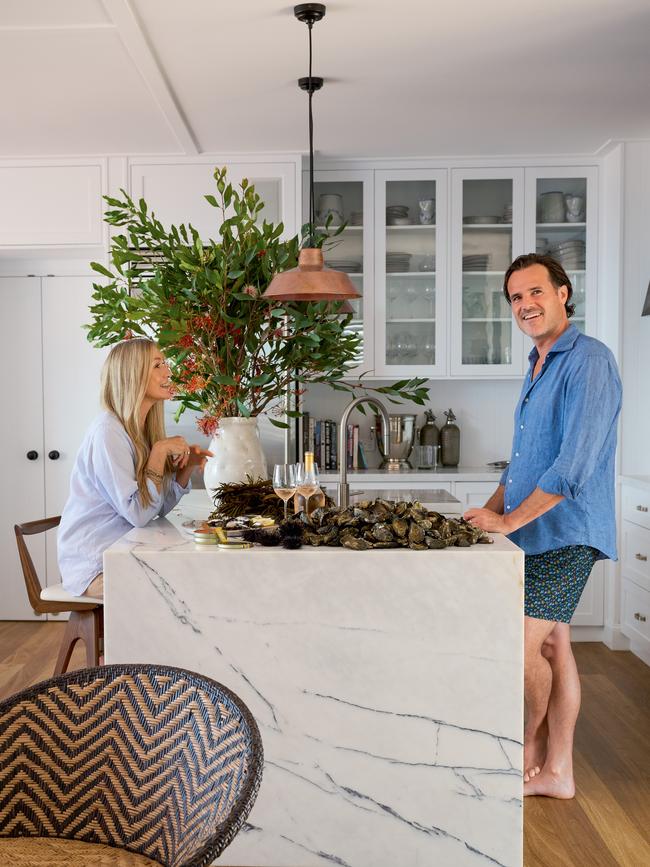
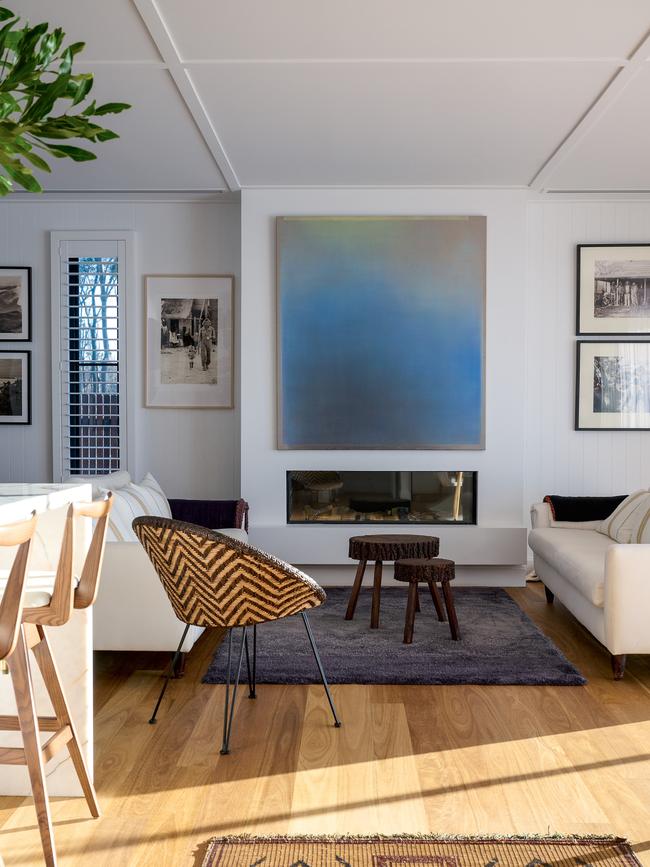
-
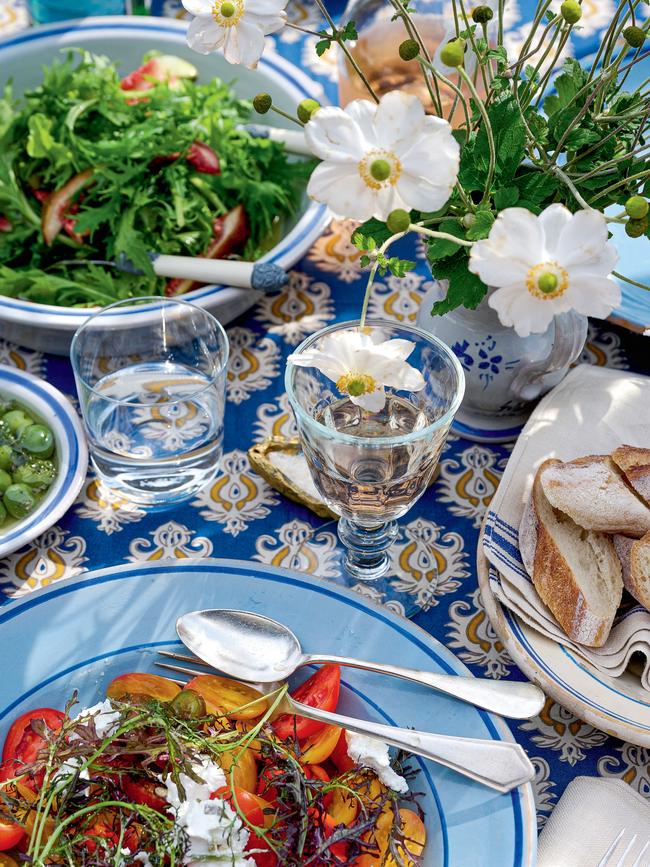
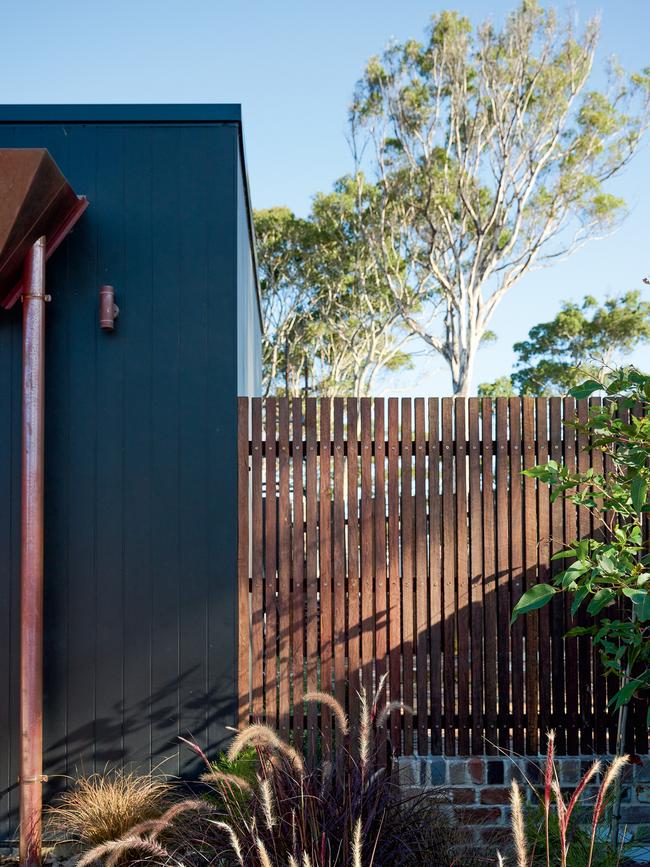
“I was shocked, but mainly I was sad for the people of Rosedale and the region,” Dinnigan says. “The rare ecology, the animals and their habitat. The fires taught me that a home is about people, not a space. Our decision to start again was dedicated to regeneration and in that spirit we went off-grid. My New Zealand childhood made the idea of sustainability innate. It’s just part of our culture and our nature.”
The decision to rebuild wasn’t immediate, but the tug of community was strong. Embedded in Puglia for most of the pandemic, the designer orchestrated the project with hundreds of emails and many practical factors in mind. Safety compliance presented the challenge of proscribed materials, but somehow Dinnigan managed to keep a timber finish for a deck that is actually fire-resistant metal and retain the romance of (also fire-resistant) fibro in the interiors. Blink at the ceiling and the house doesn’t feel new. The liberal use of wooden dowel is a fitting homage to classic fishing shacks and mid-century milk bars.
“Initially it was going to be brutalist, but with that I wanted softness, too,” she says. “I know that this interior is more minimal than usual, but it’s a feminine space. In lots of ways I broke the rules of a beach house. Where some may have gone bigger, pushing right up to the boundary, I really wanted to respect the scale of the block and the classic bones of a bach. Most of the innovations for this house are the bits you can’t see: thick walls with aeroplane insulation for quiet, a deliberately low ceiling in classic ’60s bach style, and a cocooned sense of space with secluded sleeping spaces. To me this house is a ship without portholes.”
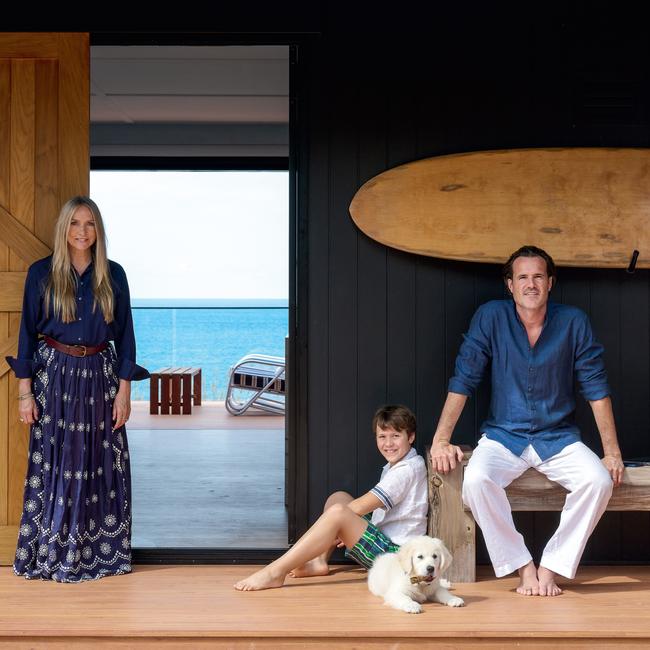
Moving from house to house globally is a pattern Dinnigan has established over years and, as a result, all of her interiors share elements that ground her: Indian textiles in her favourite Venetian red, original furniture crafted out of industrial materials by her father, and cliché-shattering contemporary art. Arresting your view at Rosedale is a quietly radiating painting by Marisa Purcell. Observed through the course of the day it shape-shifts, like a tonal mood lamp. Serving as a seascape of the most minimal kind, the painting reflects an aesthetic informed by geography and light. Australian design is not known for its introversion or fondness for seclusion, yet this house offers both. The traditional rectangular buildings of Puglia indirectly inspired the project, built as they are to shelter from the sun and wind. Over the past decade Dinnigan and her family “Italianised”, falling madly for the gnarled beauty of Puglia. But they’re not out to whitewash and shingle the south coast.
“You need to respect where you are,” she says. “I’m not going to build a Tuscan mountain chalet in the bush or try to recreate Ostuni in a different landscape. So in the highlands we have dry stone walls because it feels right, it feels integral, and here a dark fibro exterior with copper fits well with the smoky blue gums and grey greens of new-growth forest.”
It’s quietly revealing to dig through the layers of this designer’s influences, but the dominant mood is subtlety. The power of understatement is expressed best in the layout and flow. The house sits opposite an uninterrupted blue horizon where most would be tempted to whack in floor-to-ceiling panes of glass and let the sea view pour in. Not Dinnigan. “The best room of a beach house is always thought to be the ‘view room’, but on our first nights here I moved to the back room to get away from the roar of the ocean. The king tides are massive, and it takes a while to adapt. On our very first night here we saw a beam of light on the ocean as the moon had just risen – there was a strong spiritual energy.”
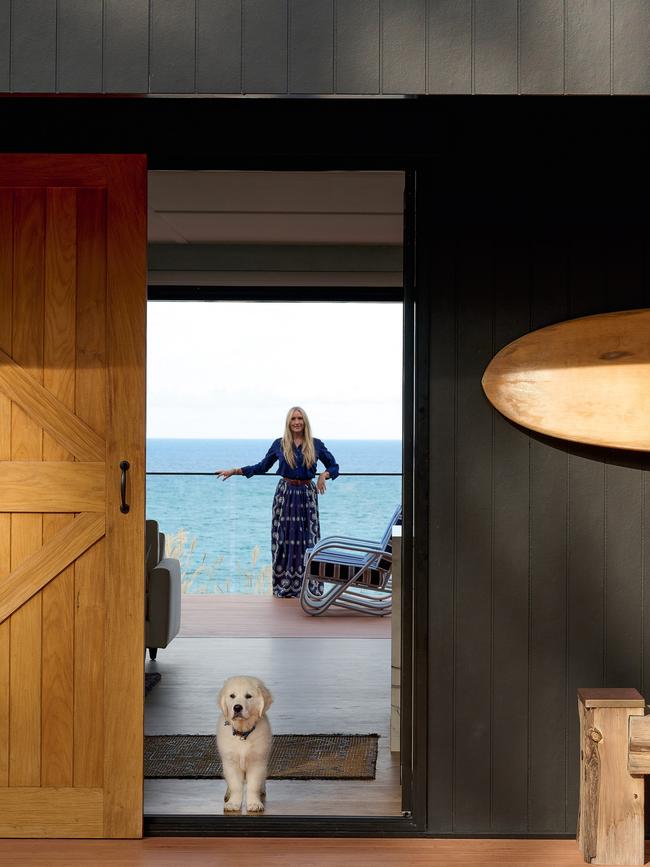
The ocean as a pervasive force and not a visual commodity or status symbol is what makes this getaway so special. To stay here is to burrow in and dream or to dash out at dawn tackling beach tracks that trickle down from the house in all directions. Soft plantings of native flowers and grasses cushion the black exterior and thread your eye to nature. Planting is almost an obsession for the couple, with a recent memory of black ash to guide them. Retaining the footprint of the original house left room for a life lived outdoors for most of the year. And this is where the family potter, with Bosca the sea dog, their children and a caravan of guests chipping in at the outdoor kitchen. In this regard, the house serves as a pattern of intervals, with private bedrooms in the guest wing, a much-needed outdoor rain shower and space to just be… very sandy.
Staying the weekend with Dinnigan and her family, watching her prepare dinner over four musical hours, trailing after her at the Moruya farmers’ market and scratching down her Pugliese sommelier notes was a lesson in how mobile “home” can be. Arriving with flowers and fresh vegetables from Bowral, she rushed from room to room plumping the linens. Her idea of beauty is gusts of fresh air, wild herbs and busy hands. As a child, she dreamt of farms where animals could live because she lived on the sea. As a young designer she crossed the globe to take her designs to the world, like a spice trader. Now, as a mother, chatelaine and super-host, her preternatural skill is imparting a nuanced serenity wherever she turns the key. The fact she designed – and rebuilt – a beach house from the blueprints to the last handmade Spanish terracotta courtyard brick serves a symmetry.
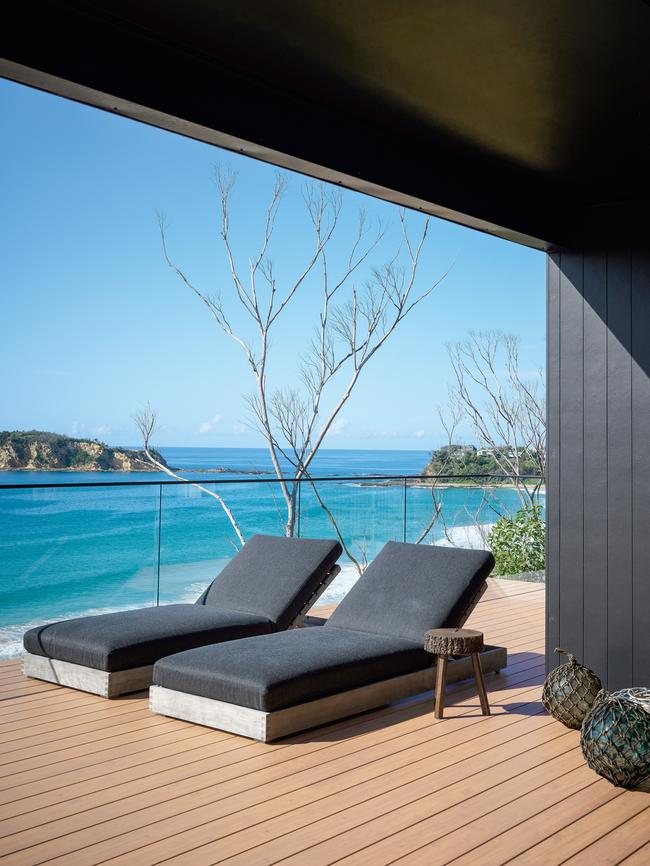
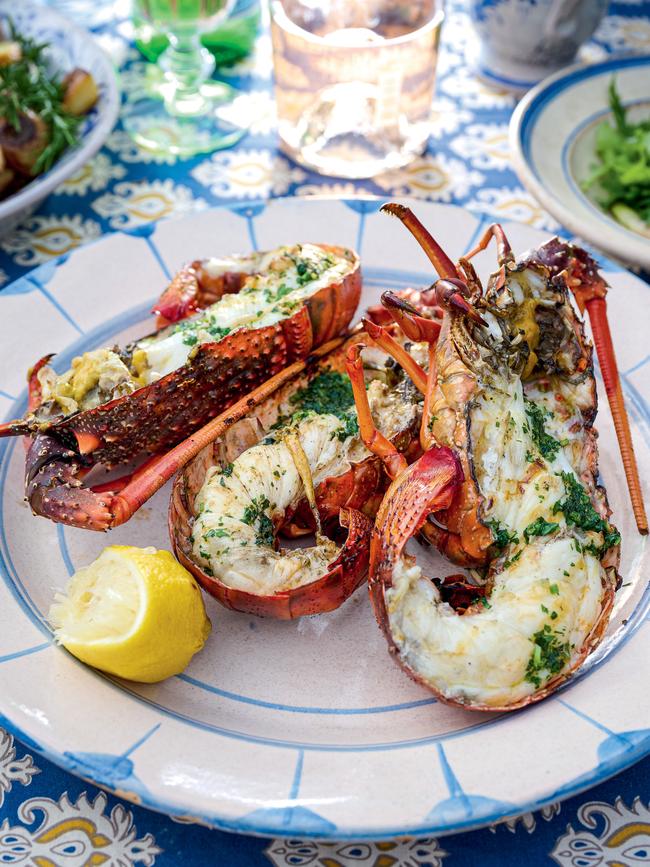
Dinnigan’s relationship with the ocean is the undercurrent of her life and perhaps the lessons of intuition and risk were learnt from living at the mercy of the elements. “In New Zealand, when I was a child, there was a terrible cyclone,” she says. “At first my parents wanted to get us all to dry land, to a house. But my father realised that we could find calm in the eye of the storm and we returned to the yacht. I remember running along the gangplank as we ran back to the sea. It was safer riding the waves.”
Stays at Rosedale Beach House can be booked through Airbnb or via The Oaks Ranch in Mossy Point by calling (02) 4471 7403.
-
COLLETTE’S FAVOURITE SPOTS
Café society: “Our local for breakfast is The Mossy in a heritage-listed former shop at Mossy Point, while for the surf set there is Single Fin Gypsy on Coronation Drive over the road from Broulee Beach.”
Ranch dressing: “We go to Arlo at The Oaks Ranch in Mossy Point. I love the handmade pumpkin and mascarpone agnolotti or the local blue-eye served by chef Josh Tyler. Dinner highlights include duck confit and mandarin semifreddo. We also lunch at Quarterdeck right on the water in Narooma.”
To market: “Held Tuesdays in Riverside Park, Sage Farmers Market Moruya is where you can find everything from local flowers and produce to artisan baked goods from Honorbread in Bermagui. This is my favourite coffee spot, too, straight from the wagon. For oysters, I buy direct from Clyde River in Batemans Bay.”
Interior lives: “In the old Tilba community hall, on Saturdays from 9am, you can find incredible vegetables, handsome mushrooms and wild-grown flowers. It’s worth the one-hour drive to the hinterland to enjoy a truly rustic market.”

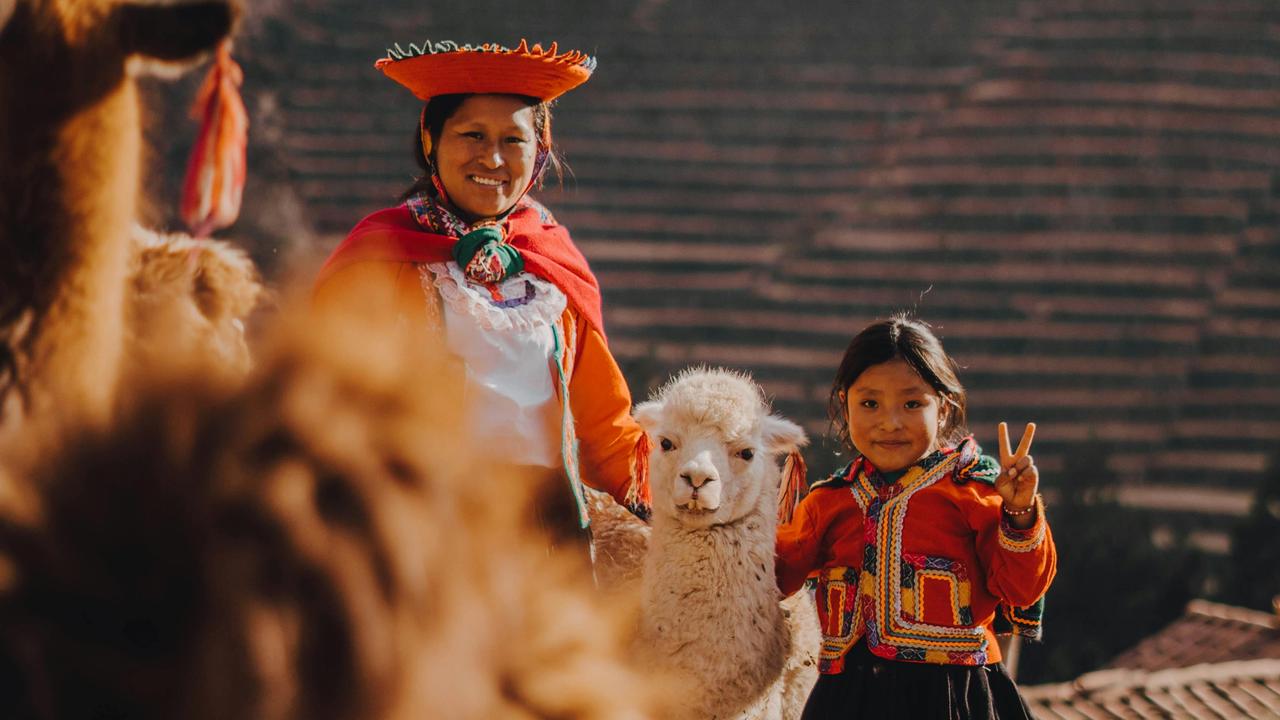
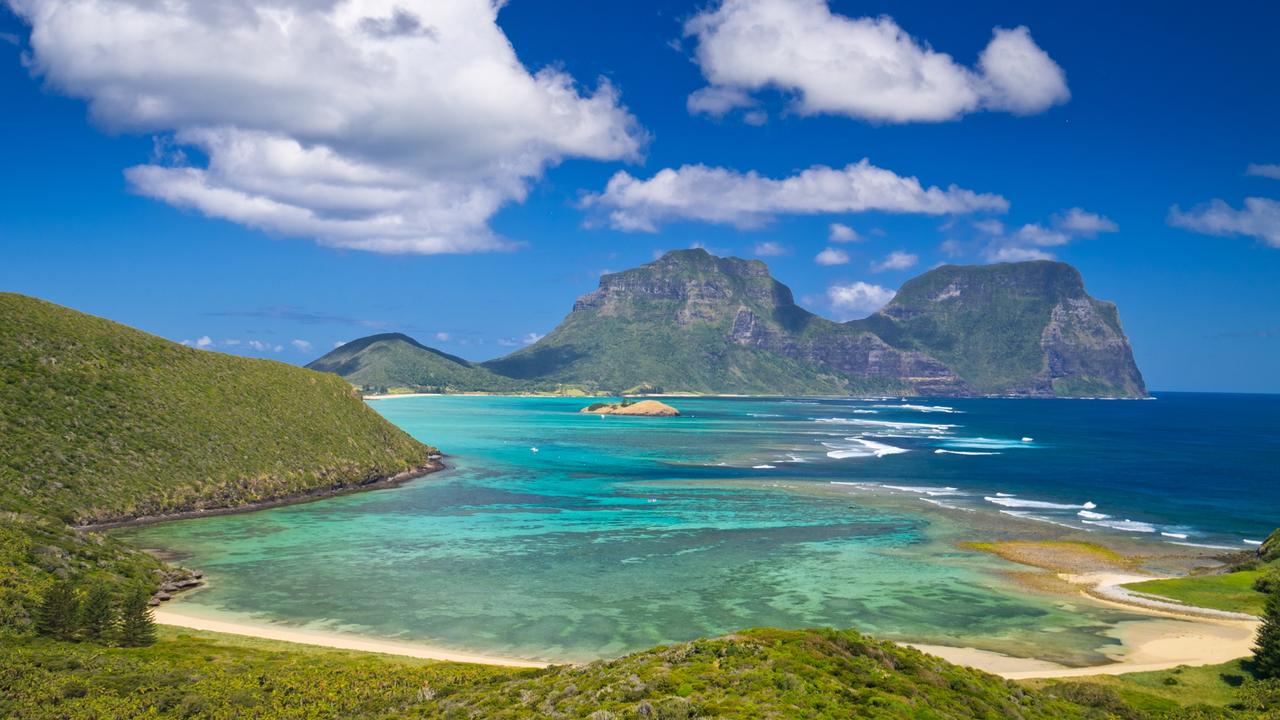
To join the conversation, please log in. Don't have an account? Register
Join the conversation, you are commenting as Logout